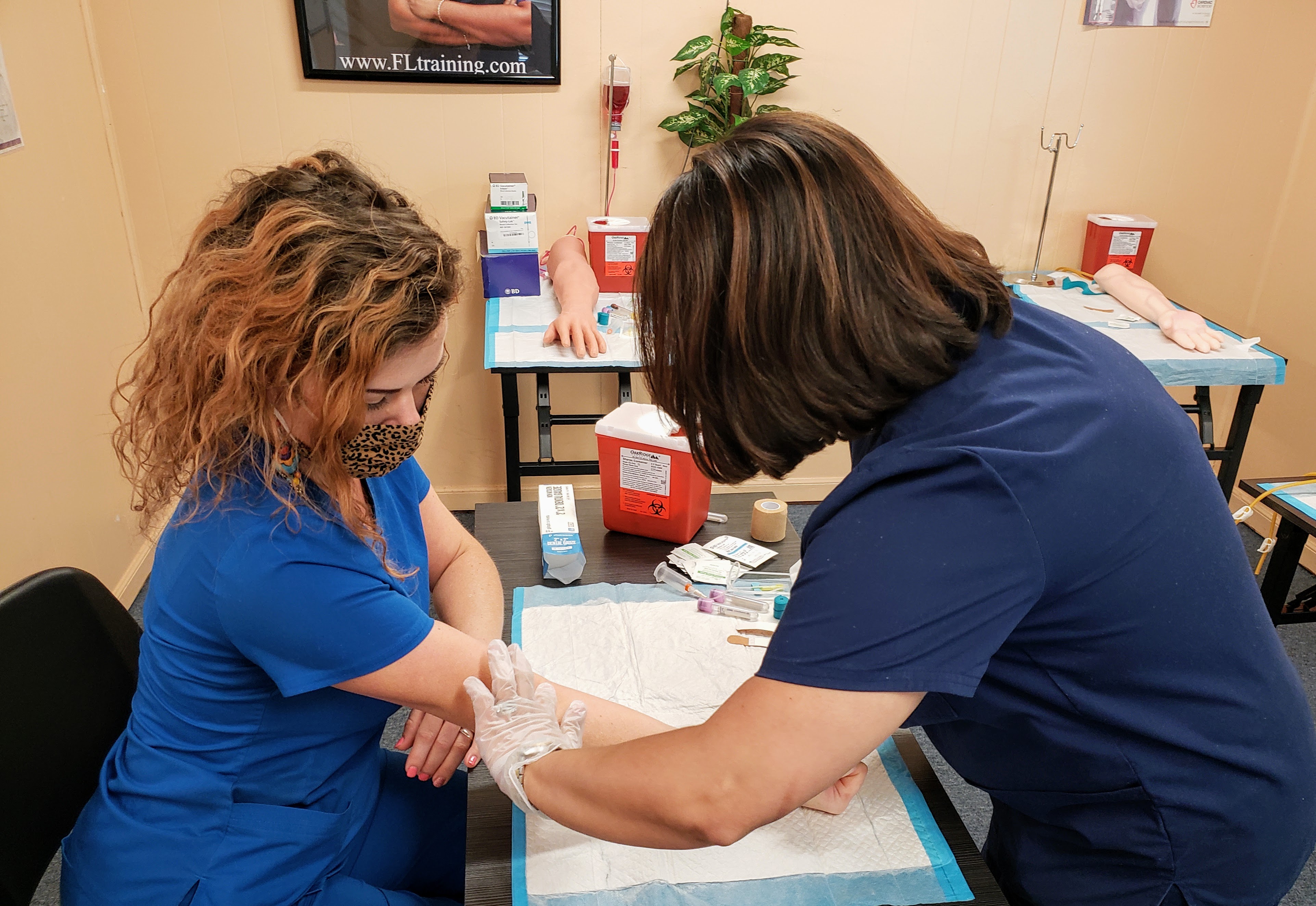The Ultimate Guide To Northeast Medical Institute - New Haven Campus Phlebotomy Course & Cna Class
The Ultimate Guide To Northeast Medical Institute - New Haven Campus Phlebotomy Course & Cna Class
Blog Article
The Of Northeast Medical Institute - New Haven Campus Phlebotomy Course & Cna Class
Table of ContentsWhat Does Northeast Medical Institute - New Haven Campus Phlebotomy Course & Cna Class Mean?Getting My Northeast Medical Institute - New Haven Campus Phlebotomy Course & Cna Class To WorkNortheast Medical Institute - New Haven Campus Phlebotomy Course & Cna Class Can Be Fun For AnyoneNortheast Medical Institute - New Haven Campus Phlebotomy Course & Cna Class Can Be Fun For EveryoneAll About Northeast Medical Institute - New Haven Campus Phlebotomy Course & Cna ClassFacts About Northeast Medical Institute - New Haven Campus Phlebotomy Course & Cna Class Revealed
However, using such tools ought to be come with by various other infection avoidance and control techniques, and training in their use. Not all safety and security devices are appropriate to phlebotomy. Prior to selecting a safety-engineered tool, customers should extensively check out available gadgets to identify their suitable usage, compatibility with existing phlebotomy techniques, and efficiency in protecting team and patients (12, 33).For settings with low sources, cost is a motoring consider procurement of safety-engineered devices - PCT Courses. Where safety-engineered devices are not available, proficient use of a needle and syringe is acceptable. Unintended exposure and certain information regarding an incident need to be recorded in a register. Assistance solutions should be advertised for those who undergo accidental exposure.
labelling); transportation problems; interpretation of outcomes for professional administration. In an outpatient department or center, offer a committed phlebotomy cubicle containing: a tidy surface area with two chairs (one for the phlebotomist and the various other for the client); a hand laundry basin with soap, running water and paper towels; alcohol hand rub. In the blood-sampling space for an outpatient division or center, give a comfy reclining couch with an arm rest.
Northeast Medical Institute - New Haven Campus Phlebotomy Course & Cna Class Fundamentals Explained
Make certain that the signs for blood tasting are plainly specified, either in a composed method or in documented guidelines (e.g. in a research laboratory kind). At all times, adhere to the methods for infection avoidance and control noted in Table 2.2. Infection avoidance and control methods. Accumulate all the tools required for the procedure and place it within secure and easy reach on a tray or trolley, guaranteeing that all the items are plainly visible.
Introduce yourself to the person, and ask the patient to mention their complete name. Check that the laboratory kind matches the person's identity (i.e. match the client's information with the lab type, to ensure accurate identification).
Make the individual comfy in a supine setting (if possible). The person has a right to decline an examination at any time before the blood sampling, so it is crucial to make certain that the person has recognized the treatment - PCT Training.
4 Simple Techniques For Northeast Medical Institute - New Haven Campus Phlebotomy Course & Cna Class
Expand the patient's arm and inspect the antecubital fossa or forearm. Find a vein of a good size that is visible, straight and clear. The representation in Area 2.3, shows typical placements of the vessels, however numerous variants are possible. The mean cubital capillary exists in between muscles and is usually one of the most very easy to penetrate.
DO NOT place the needle where capillaries are drawing away, because this enhances the possibility of a haematoma. The capillary should be visible without over at this website applying the tourniquet. Locating the vein will certainly aid in identifying the right size of needle. Use the tourniquet concerning 45 finger sizes above the venepuncture site and re-examine the capillary.
Specimens from main lines bring a risk of contamination or incorrect research laboratory test outcomes. It is appropriate, but not ideal, to attract blood specimens when very first introducing an in-dwelling venous tool, prior to connecting the cannula to the intravenous liquids.
Northeast Medical Institute - New Haven Campus Phlebotomy Course & Cna Class Can Be Fun For Anyone
Permit the location to completely dry. Failing to enable sufficient get in touch with time raises the threat of contamination. DO NOT touch the cleaned website; in specific, DO NOT position a finger over the blood vessel to guide the shaft of the exposed needle. It the website is touched, repeat the sanitation. Execute venepuncture as complies with.
Ask the client to create a hand so the blood vessels are more prominent. Get in the blood vessel promptly at a 30 level angle or less, and continue to present the needle along the capillary at the simplest angle of entry - PCT Courses. When sufficient blood has been collected, release the tourniquet prior to withdrawing the needle
The 20-Second Trick For Northeast Medical Institute - New Haven Campus Phlebotomy Course & Cna Class
Take out the needle gently and use mild pressure to the site with a tidy gauze or dry cotton-wool ball. Ask the individual to hold the gauze or cotton wool in area, with the arm prolonged and increased. Ask the individual NOT to bend the arm, since doing so creates a haematoma.

What Does Northeast Medical Institute - New Haven Campus Phlebotomy Course & Cna Class Do?
Do not push the syringe bettor due to the fact that added pressure enhances the risk of haemolysis. Where possible, keep the tubes in a shelf and relocate the shelf in the direction of you. Inject downwards into the appropriate coloured stopper. DO NOT remove the stopper because it will release the vacuum. If the example tube does not have a rubber stopper, infuse exceptionally gradually right into the tube as lessening the stress and velocity used to move the sampling reduces the risk of haemolysis.

Report this page